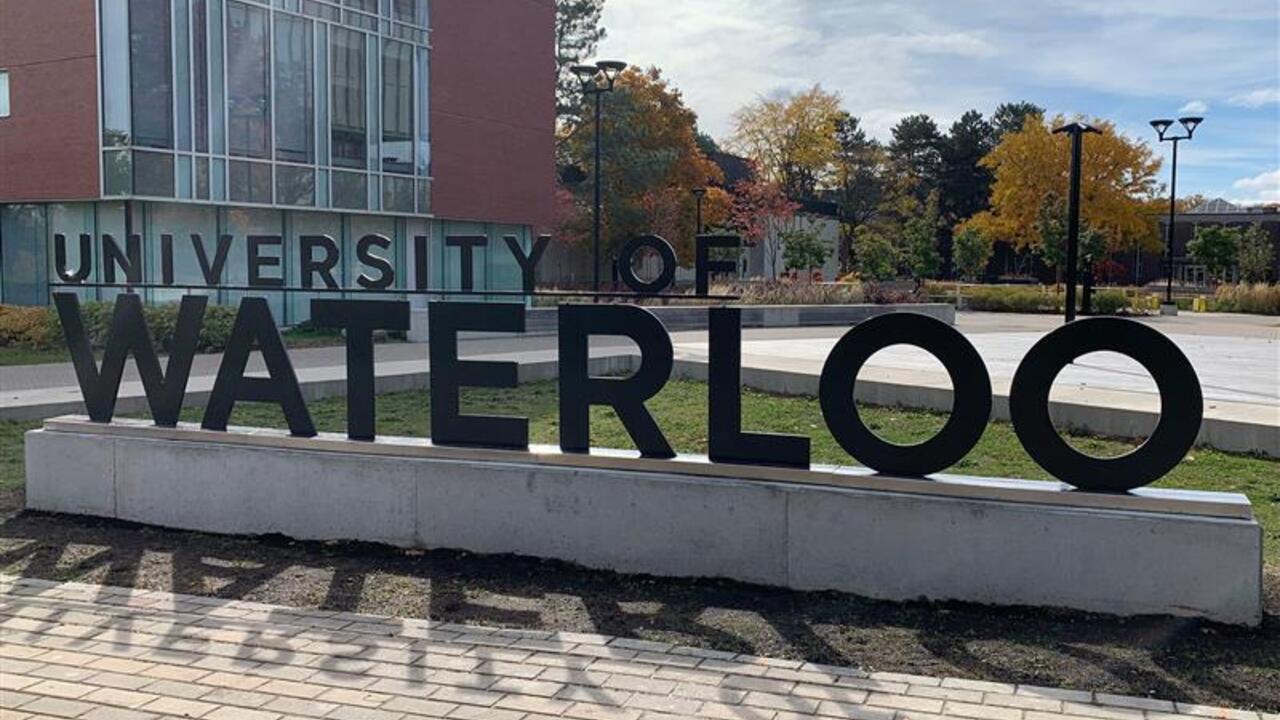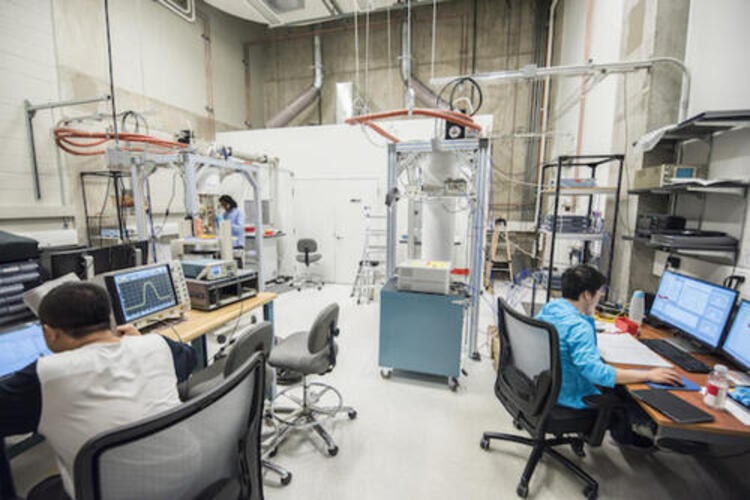
Quantum researchers able to split one photon into three
Researchers from the Institute for Quantum Computing (IQC) at the University of Waterloo report the first occurrence of directly splitting one photon into three.

Researchers from the Institute for Quantum Computing (IQC) at the University of Waterloo report the first occurrence of directly splitting one photon into three.
By Media RelationsThe occurrence, the first of its kind, used the spontaneous parametric down-conversion method (SPDC) in quantum optics and created what quantum optics researchers call a non-Gaussian state of light. A non-Gaussian state of light is considered a critical ingredient to gain a quantum advantage.
“It was understood that there were limits to the type of entanglement generated with the two-photon version, but these results form the basis of an exciting new paradigm of three-photon quantum optics,” said Chris Wilson, a principal investigator at IQC faculty member and a professor of Electrical and Computer Engineering at Waterloo.
“Given that this research brings us past the known ability to split one photon into two entangled daughter photons, we’re optimistic that we’ve opened up a new area of exploration.”

Lab of Chris Wilson
“The two-photon version has been a workhorse for quantum research for over 30 years,” said Wilson. “We think three photons will overcome the limits and will encourage further theoretical research and experimental applications and hopefully the development of optical quantum computing using superconducting units.”
Wilson used microwave photons to stretch the known limits of SPDC. The experimental implementation used a superconducting parametric resonator. The result clearly showed the strong correlation among three photons generated at different frequencies. Ongoing work aims to show that the photons are entangled.
“Non-Gaussian states and operations are a critical ingredient for obtaining the quantum advantage,” said Wilson. “They are very difficult to simulate and model classically, which has resulted in a dearth of theoretical work for this application.”
The study Observation of Three-Photon Spontaneous Parametric Down-Conversion in a Superconducting Parametric Cavity was published in Physical Review X on January 16, 2020.

Read more
Velocity pitch competition winners share exciting startup ideas using artificial intelligence and deep tech, showcasing creativity and entrepreneurial prowess

Read more
University of Waterloo establishes prestigious industry-sponsored research chair in network automation to be held by Raouf Boutaba

Read more
New statistics research provides insight on when a track-and-field athlete’s performance peaks
The University of Waterloo acknowledges that much of our work takes place on the traditional territory of the Neutral, Anishinaabeg, and Haudenosaunee peoples. Our main campus is situated on the Haldimand Tract, the land granted to the Six Nations that includes six miles on each side of the Grand River. Our active work toward reconciliation takes place across our campuses through research, learning, teaching, and community building, and is co-ordinated within the Office of Indigenous Relations.